Q&A with Rosie Clayburn, Yurok Tribal Heritage Preservation Officer
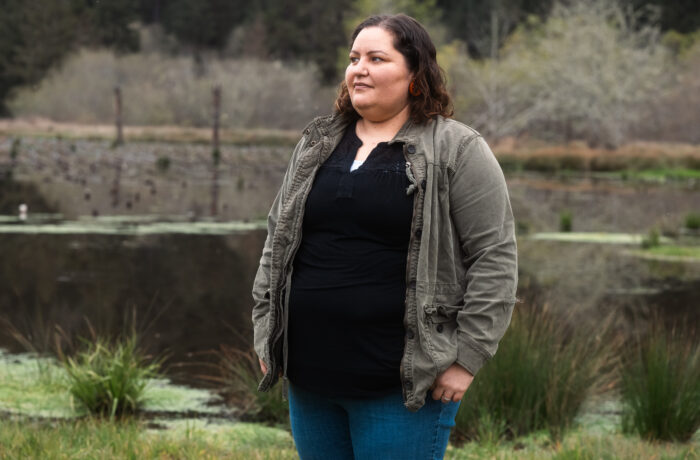
Rosie Clayburn is a dynamic leader with the Yurok Tribe of Northern California, the state’s largest Indigenous tribe. As the Yurok Tribal Heritage Preservation Officer and Cultural Resources Director, she advises on everything from land acquisition to the protection of cultural sites. Clayburn has also been a driving force in co-creating the vision for ‘O Rew Redwoods Gateway, a future visitor destination at the doorstep to Redwood National and State Parks.
Clayburn was in attendance on March 19, 2024, when the ‘O Rew project partners—the Yurok Tribe, Save the Redwoods League, National Park Service, and California State Parks—took a historic first step toward transferring the 125-acre ‘O Rew property from the League to its original steward, the Yurok Tribe. The partners signed a landmark agreement committing to the future land transfer and to an innovative long-term co-management plan—a first-ever arrangement in which the National Park Service and California State Parks would support public visitation on land owned and stewarded by an Indigenous tribe.
We sat down with Clayburn to gain her perspective on the ‘O Rew project, hear what land return means for her and her community, and learn more about her deep roots in this ancestral land.
Can you tell us a bit about the history of the ‘O Rew project?
I’ve worked on [‘O Rew] since before the League bought the property in 2013. My first project was to write a cultural resource study of the site. Back then, we knew there needed to be Yurok here. We envisioned these 125 acres coming back to the tribe so we could tell the story of this former fishing camp and place where trails came together. This has always been a gateway where trading happened.
Our vision is to build a cultural visitor center. That’s a big piece for us. We have seen what happens when we are not interpreting our culture, when we are not the ones telling our story. We want it to be different by being able to tell our story and being able to have control and have a say on this site. I can tell you what I want to tell you. And no one else is telling me what I have to tell you.
How could this project be a model for other tribes?
This model is a resource for tribes. There’s this push for land back and that’s great—we want our land back. Over the last two decades, we have developed the capacity to restore heavily degraded environments on a landscape scale, but we need funds to support this important work, because this land has been decimated. This project sets the model up for our tribe to get institutional resources from national and state parks, too. This is very unheard of.
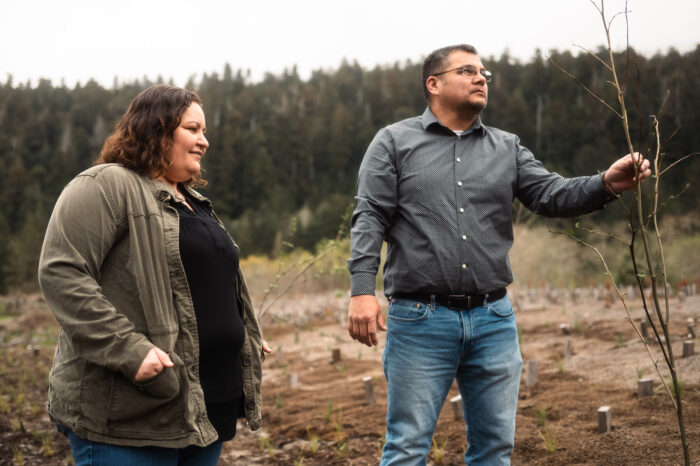
Do the Yurok have other similar projects in the region?
We have the Chah-Pekw O’ Ket’-toh “Stone Lagoon” Visitor Center on [California] State Parks land—though state parks owns the land and the tribe manages it. It’s a great model for Indigenous Interpretation. We worked closely with people from that village where leaders told their story of the attempted genocide of that village.
I see ‘O Rew being kind of like that. We have this whole cultural center idea designed that takes us through history. We [will] talk about before human time, go through pre-[European] contact, early contact, the Gold Rush, and what we are doing now. It is a whole story.
Having ‘O Rew as tribal land … [will let] us start having control of how people visit here. Right now, there are millions of visitors who come to Redwood National and State Parks. It’s a UNESCO World Heritage site. It’s huge. Yuroks have been on the outskirts of that: We have our canoe tours, our hotel, but we are not inserted in it. [The ‘O Rew project] puts us in the driver’s seat a little more, to create responsible tourism. Not everything is made to be seen or watched. We have ceremonies, and back in the day, national and state parks would put this on their tourist calendar. We don’t do that anymore. There’s been this notion that these things are open for anybody and that people have a right to watch these ceremonies. This starts to change that. There are certain parts of our culture we share and parts we don’t. Now we can control that narrative more.
Can you offer advice to people coming here as outsiders?
Learn about tribes and whose land you are on. Understand their initiatives, support their businesses. Every tribe is unique. We are a very land- and village-based tribe. We know there are 77 villages in Yurok territory. Every Yurok person has a village they are connected to. Villages own their fishing holes and their gathering areas. We still fish, hunt, and gather. Of course, there are barriers to doing that. We have an MOU [memorandum of understanding] with the North Coast Redwoods District State Park that recognizes our right to gather within that parks system. We are still working on the national park.
What are your next steps?
We have a lot to do—conveyance documents, finish the restoration work, finish the trails gateway. We have to design an agreement with national and state parks for co-management, including operational and funding support. There’s no model, so of course we have to create the model.
There’s a lot to work together on. That’s part of the commitment between us all. We’re working together and hope to have access to all the resources to assist us.
Everybody is stepping up to figure out how to do this, instead of stepping back. We are committing money, staff time, resources. It is a lot for us. I see the Tribe is committed to restoring and leading the way for a new model of partnership. It’s an exciting moment in time.
Learn more about ‘O Rew Redwoods Gateway

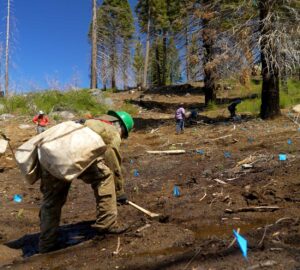
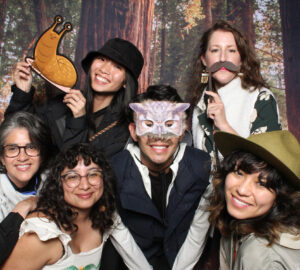
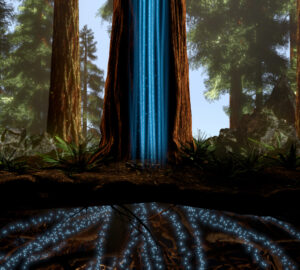
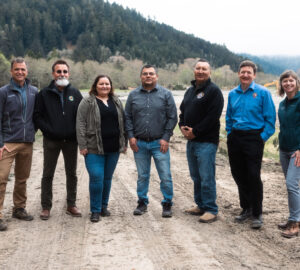
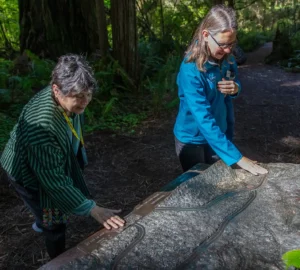
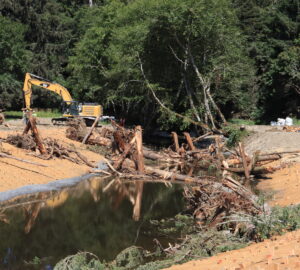
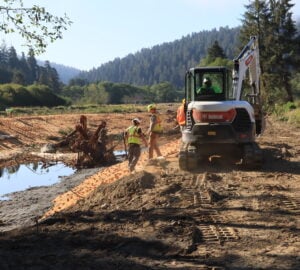
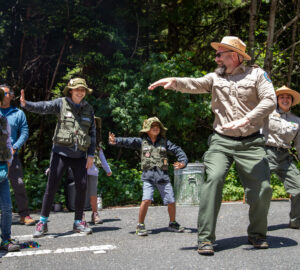
One Response to “Yurok leader offers insight on landmark project at ‘O Rew ”
Joseph Porterfield
Can’t wait to visit the cultural centre when it opens !